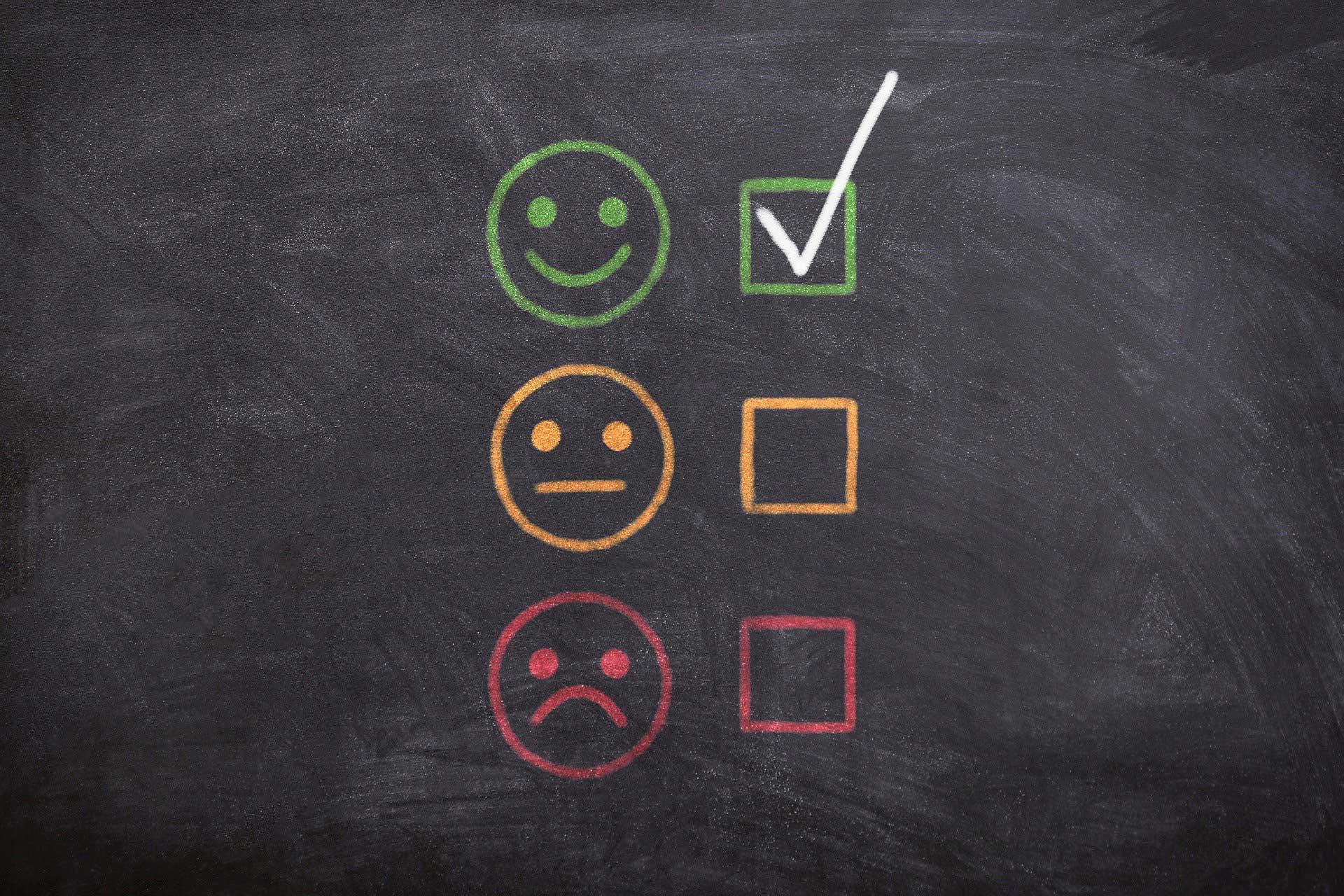Address
38 Eastwood Drive, Suite 401
South Burlington, VT 05403
Work Hours
Monday to Friday | 8AM—5:30PM EST




Customer experience is arguably the hottest topic in marketing and sales media today, but it’s more than just a buzzword. It’s the key differentiator between you and your competitors. And it’s key to growing your business this year and for years to come. This is evident in the customer experience statistics we’ve gathered for this blog post. Before we get into that, let’s take a look at how to define the customer experience and why it’s so important to your success as a business.
Customer experience, often referred to as CX, is the aggregate of every experience your customer has with your business or brand–from brand perception in ad campaigns to purchasing convenience to return policies and conversations with customer service agents, all the way down to data security. Ultimately, the customer experience is shaped by every interaction during the customer journey, and it is often the decision-maker for a customer waffling between spending hard-earned cash on your business, or the one next door.
A positive customer experience matters for too many reasons to highlight here. Perhaps the most important reason is to reduce churn, especially when 61% of customers say they will walk away from a brand they love after just one bad experience (PwC). Let’s face it: when customers walk away, so does your revenue. What business doesn’t want more revenue?
But in order to improve CX and grow revenue, you have to measure and improve the metrics centered on CX. These include first call resolution (FCR) rates, average handle time (AHT), and customer satisfaction (CSAT) scores. According to ACSI, customer satisfaction scores are significantly low at the start of 2022.


While CSAT scores may not be as important to some companies as other CX metrics, it’s clear that customers are demanding more bang for their buck, and that includes better customer service. When you focus on improving the CX KPIs that affect your business goals, it will in turn improve agent training programs, your sales scripts, and improve the way your entire team provides customer service. Now let’s look at what causes a poor customer experience.
According to a survey conducted by Hotjar, poor customer experiences can be tied to the following factors:
This is not an exhaustive list. But the good news is that there are plenty of call monitoring tools proven to improve the customer experience. For instance, call transcriptions automatically transcribe customer interactions to help CS managers better understand customers. Now that you have a better understanding of CX and why it’s so vital to surviving as a business, here are 19 customer experience statistics that you should know and use in 2022.
1. 67% of business leaders say their company will no longer be competitive if it can’t be significantly more digital (Gartner).
2. 63% of U.S. adults use mobile devices several times per month to seek customer support (Software Advice).
3. 90% report having poor experiences while seeking customer support on mobile (Software Advice).
4. 67% of companies have missed expectations of profit growth from digital initiatives (Gartner).
5. 70% of executives agree that improved CX leads to rapid revenue growth (Forbesinsights).
6. Customer-centric companies are 60% more profitable than companies that don’t focus on customers (Forbes Magazine).
7. 84% of companies that work to improve their customer experience report an increase in their revenue (Forbes Magazine).


8. 73% of business buyers say most sales interactions feel transactional (Salesforce).
9. 68% of customers expect brands to demonstrate empathy, while only 37% of customers say that brands actually show empathy (Salesforce).
10. 90% of customers say how a company acts during a crisis reveals its trustworthiness (Salesforce).
11. 84% of business buyers are more likely to buy from a company that demonstrates an understanding of their business goals (Salesforce).
12. 83% of customers expect flexible shipping and fulfillment options such as buy-online-pick-up-in-store (Salesforce).
13. 76% of customers expect consistent interactions across departments (Salesforce).
14. 76% of customers expect companies to understand their needs and expectations while 51% of customers say most companies fall short of their expectations for great experiences (Salesforce).
At 800response, we know first-hand that a company’s response to COVID impacts revenue growth. We also know that expectations change during a crisis, and the COVID pandemic is a perfect example.
According to Forbesinsights, one of the best ways to improve CX in the years following the COVID pandemic is to find ways to strengthen the communities a company interacts with. In any case, it’s clear that no matter what crisis is at hand, how your company responds is crucial to your customers’ trust in you.
15. 31% of customers trust a company LESS because of its response to last year’s crises (Salesforce).
16. 51% of customers trust a company MORE because of its response to last year’s crises (Salesforce).
17. 88% of customers expect companies to accelerate digital initiatives due to COVID-19 (Salesforce).
18. Only 27% of consumers completely understand how companies use their personal information (Salesforce).
19. 86% of consumers want more transparency over how their personal information is used (Salesforce).
Join the conversation! Follow us on Twitter, or connect with us on Facebook and LinkedIn, and tell us about your CX strategies for 2022!
Salesforce: State of the Connected Customer, 4th edition
Forbesinsights: The Experience Equation: How Happy Employees And Customers Accelerate Growth
PwC: Experience is everything: Here’s how to get it right